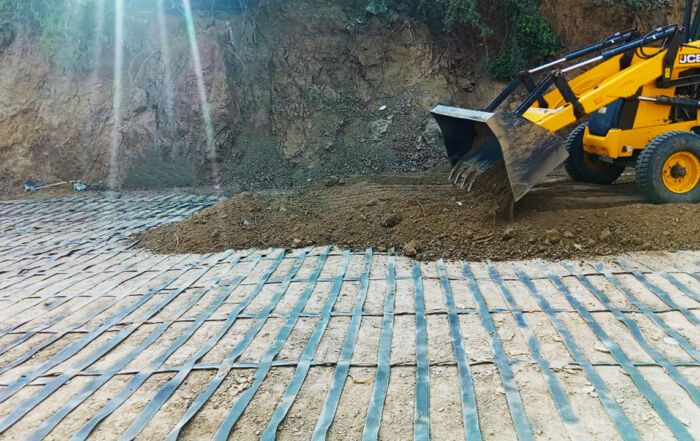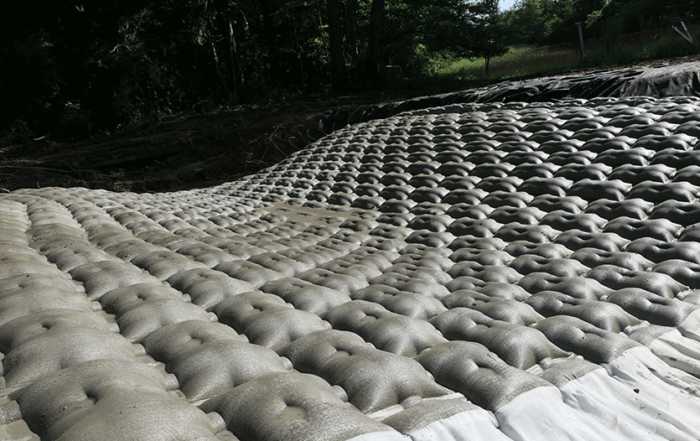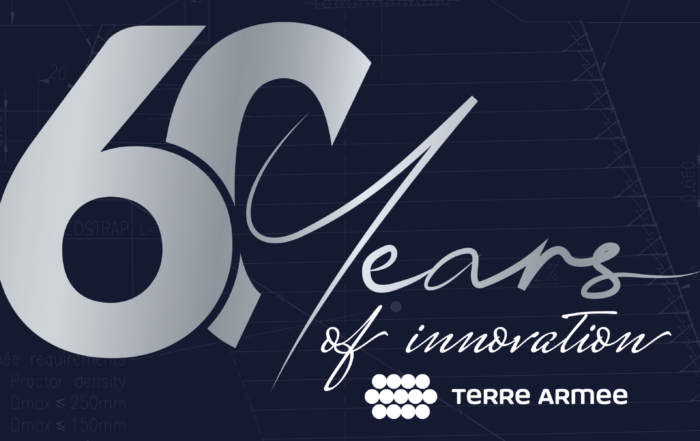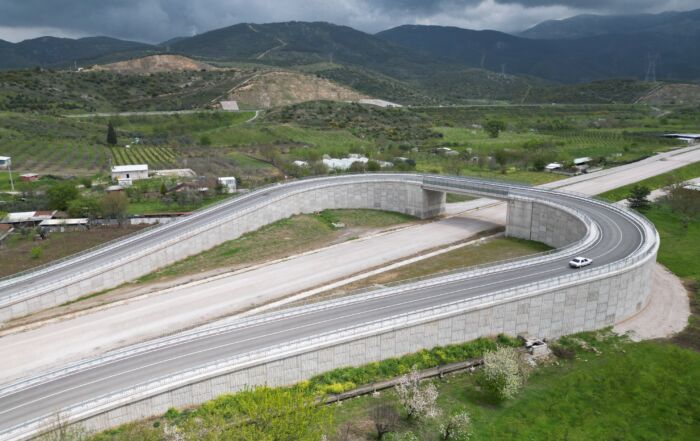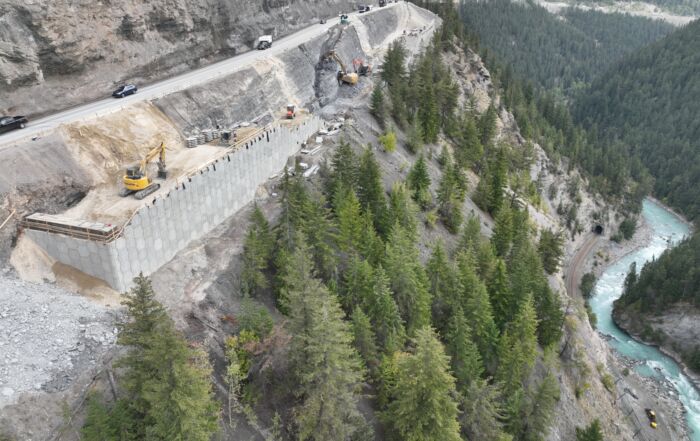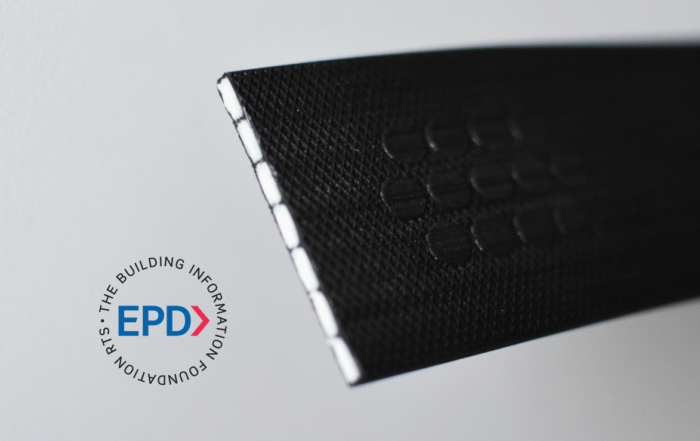NEWS
ArmaLynk® PET HS reinforcement, now certified by EPD Hub for an Environmental Product Declaration
In December 2023, EPD Hub approved the Environmental Product Declaration (EPD) of our ArmaLynk® PET HS reinforcement, manufactured by our subsidiary Terre Armée India. This document gathers information on the environmental impact of a product according to international standards. The certification covers the whole life cycle analysis for the product from cradle to [...]
Terre Armée announces the acquisition of Synthetex
Terre Armée announces the acquisition of the American company Synthetex, based in Atlanta (Georgia, USA). With nearly 7 million square meters installed worldwide, Synthetex combines recognized expertise and production capacity in erosion and scour protection solutions, such as river, ports quays and coastal protection, pipeline protection using Hydrotex®, a geosynthetic fabric form for [...]
Terre Armée celebrates the 60th anniversary of its founding technique
2023 marks the celebration of the 60th anniversary of the Reinforced Earth® technique patent by Henri Vidal. We are proud to present not only our history, but also the path we're taking for the next chapters.
High-speed rail line in Turkey
The Bandırma-Bursa-Osmaneli-Ayazma High Speed Railway Project aims to connect the city of Bursa to Istanbul and İzmir by 2023. The construction is splitted into three sections and the teams from Reinforced Earth Turkey intervenes in the Bursa- Yenişehir portion by designing, supplying materials and erecting the structures. In total, 20 overpass bridges are [...]
Kicking Horse Canyon Highway project in Canada
The Trans-Canada Highway, which opened to traffic in 1962, is a very busy thoroughfare linking 10 provinces across the country. The stretch through Kicking Horse Canyon is one of the most rugged on the route and authorities have started an extensive works programme to turn it into a state-of-the-art four-lane motorway. During the [...]
GeoStrap® reinforcements, now certified by RTS for an Environmental Product Declaration (EPD)
In October 2021, the Building Information Foundation RTS approved the Environmental Product Declaration (EPD) of our GeoStrap® reinforcement, manufactured by our subsidiary Reinforced Earth India. This document gathers information on the environmental impact of a product according to international standards. The certification covers the whole life cycle analysis for the product from cradle [...]
RETAIN, CROSS, PROTECT, STRENGTHEN
Our technical solutions are defined by four functions corresponding to the application of the structure to be designed: Retain, Cross, Protect, Strengthen. Retaining structures: As the inventors of Reinforced Earth® and leaders in the soil reinforcement sector, we offer solutions for all retaining projects. Crossing structures: Our customised crossing solutions are used to build bridge abutments, and bridges and tunnels under backfill. Protective structures: Our solutions help protect people, infrastrcture, and the environment from natural and industrial hazards.

